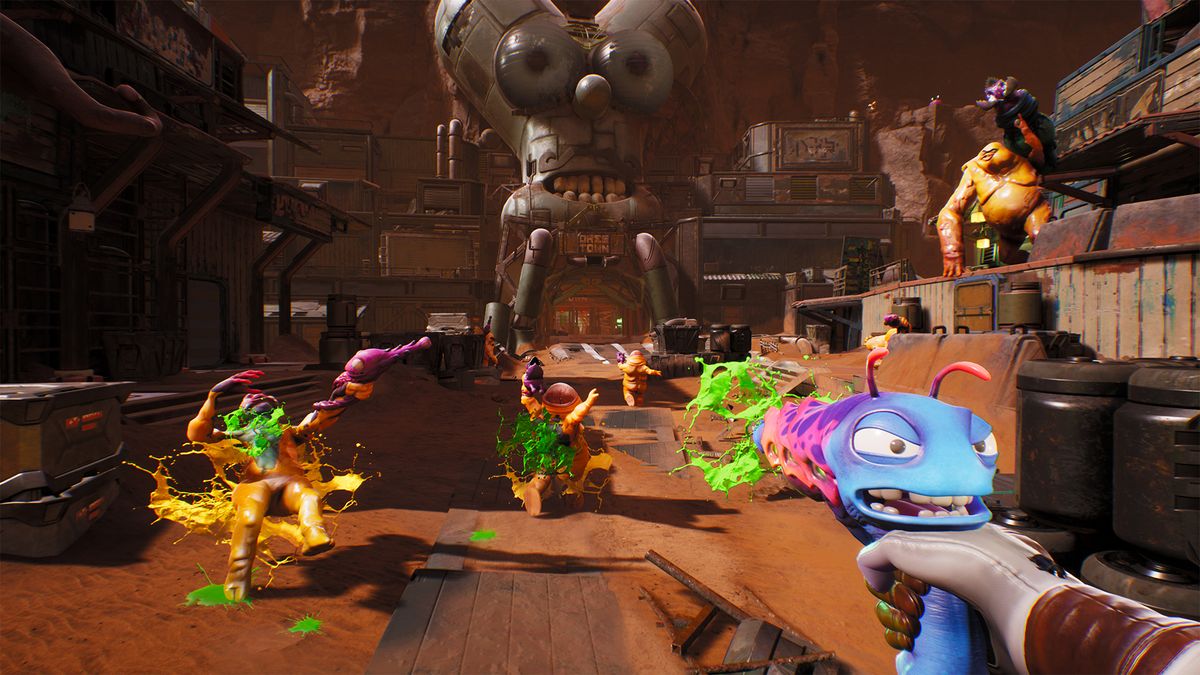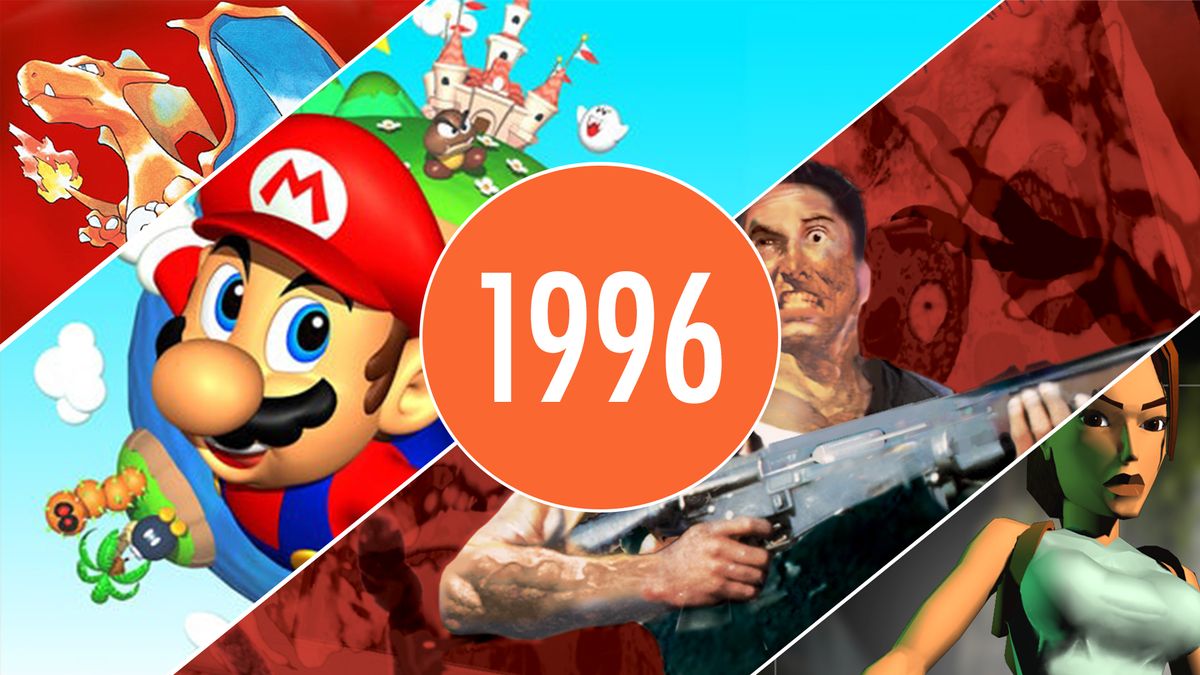Stephen Jewell talks to author James Lovegrove about new sub-genres of sci-fi and his latest book, Age Of Godpunk …
There aren’t many authors who can lay claim to having pioneered or defined a sub-genre. How did you come to create Godpunk?
As with most things in my life, I wasn’t aware I was doing it until after it was done. There’ve been other books giving ancient gods a science fiction/ urban fantasy twist. Dan Simmons’s Ilium is one, Neil Gaiman’s American Gods another. Both of those, I would submit, qualify as godpunk. It was only after I’d written the first three of the Pantheon novels that the guys at Solaris and I started to wonder if we shouldn’t give the series a classification of its own. Desk editor David Moore coined the term godpunk more or less contemporaneously with Pornokitsch’s Jared Shurin, so they get joint credit. I’ve always been a bit wary of simply sticking the suffix ‘punk’ after something in order to make it sound edgy and cool, but it worked for cyberpunk and steampunk, so why not godpunk?
Two out of the three stories in Age of Godpunk were originally released as e-book novellas. Have you changed them at all?
There’ve been no alterations whatsoever. I wrote the first, Age Of Anansi , so that it could be released simultaneously with Age Of Aztec . Solaris commissioned it in order to dip a toe in the e-publishing waters. It seemed to work, so they commissioned two more, the second ( Age Of Satan ) to coincide with Age Of Voodoo , and the third ( Age Of Gaia ) so that there’d be a nice trio of them to be collected in a single physical-book volume, although Gaia will be coming out as a standalone e-book as well.

(opens in new tab)
And are there any connections between them?
Only thematic. They’re all quite different from one another but essentially they’re about faith, belief, and the idea that religion is a collective delusion, gods merely a mythic mirror of human hopes and fears. London forms a geographical link, in that the city is a principal setting in all three of them, a place the characters visit and revisit. Anansi is about a tricksters’ convention in Nevada, Satan doffs a hat to Dennis Wheatley and the satanic horror movies of the 1970s, and Gaia is an eco-fable with a noughties twist.
In the foreword, you talk about the stories being less sci-fi and lighter in tone than your previous Age Of… books. Given that you are a regular contributor to our sister magazine Comic Heroes , are your depictions of deities influenced by comic books and superheroic gods like Thor?
The novellas are, if anything, urban fantasy. They don’t have the military-SF underpinnings of my other Pantheon stories. They presented me with a chance to spread my wings and explore other aspects of godpunk, approaching the material from a different, sideways angle. There’s not much of a comic book influence in them. For that, you’d have to look at Age Of Shiva , the novel I’m currently working on. It is a massive comic book geek fest from start to finish. The central character is a comics artist, and the book imagines the Hindu pantheon – specifically the Ten Avatars of Vishnu – as superheroes who have to face off against world-shaking supernatural threats. I’m channeling all my love of American comics and the superhero genre into this one, and having a whale of time with it.

(opens in new tab)
With Age Of Anansi , did you want to ensure that your version of the African trickster was very different to Neil Gaiman’s portrayal of the same mythic figure in Anansi Boys?
I haven’t read Anansi Boys , and made a conscious decision not to once I started work on Age Of Anansi because I didn’t want to copy anything in that book, inadvertently or otherwise. So I can’t really comment on comparisons between the two. Age Of Anansi , anyway, is about all the trickster archetypes from various faiths and mythologies, not just the spider god of African tradition. It’s also about storytelling, since the one thing that links tricksters is their ability to spin a yarn. Sometimes they profit from their tale-telling, sometimes they get tangled up in the webs they weave. That’s the appeal of them. They’re fallible, often egotistical, sometimes ridiculous, but also terribly human and appealing.
What are you up to at the moment?
Age Of Shiva is what I’m concentrating on at present, along with doing preparatory research for my second Sherlock Holmes novel for Titan Books. It’s going to be set in the town I currently call home, Eastbourne. Where the first, The Stuff Of Nightmares , is a steampunk Holmes adventure set in Victorian London (and is published at the same time as Age Of Godpunk ), the next one’s going to be a godpunk Holmes adventure which takes place on the eve of the First World War. It’s called Gods Of War , which might be a big clue that there’s something godpunky going on. More than that, I cannot say. Mainly because I haven’t written it yet!
Age Of Godpunk is out now from Solaris.
 Game News Video Games Reviews & News
Game News Video Games Reviews & News



